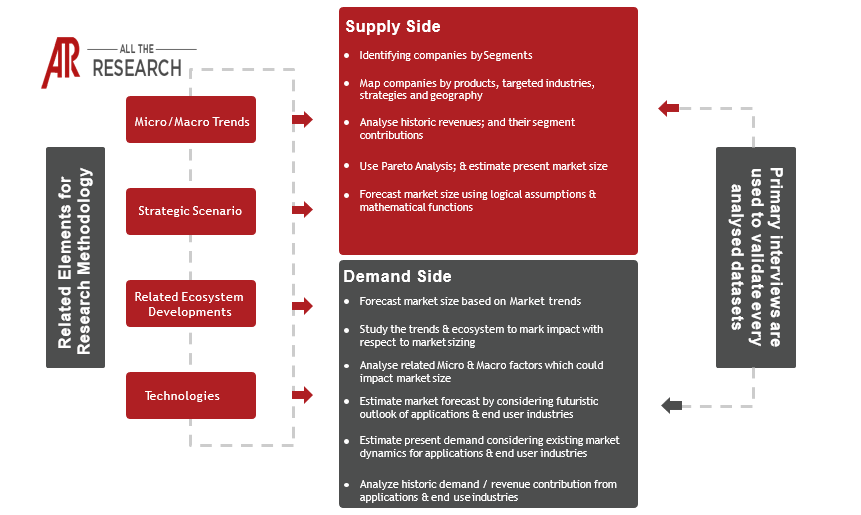The global low-code/no-code (LC/NC) for cloud-native application development market is experiencing a period of significant expansion, fueled by the increasing need for accelerated software delivery, enhanced business agility, and the democratization of application development. This market segment, encompassing platforms and tools that enable users of all technical backgrounds to build, deploy, and manage applications on cloud infrastructure with minimal to no coding, is poised for robust growth over the forecast period. Experts predict a strong Compound Annual Growth Rate (CAGR), estimated to be in the high double-digits (e.g., 30-40%) over the next five to seven years, reflecting the rapidly evolving adoption across various industries.
Key Definitions:
Key Market Drivers:
Several factors are driving the growth of the LC/NC for cloud-native application development market:
Key Challenges:
While the market offers significant opportunities, it also faces several challenges:
Regulatory Focus:
The regulatory landscape is evolving, with increasing emphasis on data privacy and security. Organizations need to ensure that applications built on LC/NC platforms comply with regulations such as GDPR, CCPA, and industry-specific requirements. Compliance is influencing platform design and the selection criteria for LC/NC solutions.
Major Players:
The market is highly competitive, featuring a mix of established players and emerging vendors. Key players include: Microsoft (Power Apps), Salesforce (Lightning Platform), OutSystems, Mendix (Siemens), Appian, Bubble, Zoho Creator, and others. Competition centers around features, ease of use, cloud integration, and industry-specific solutions.
Regional Trends:
North America and Europe are currently the leading regions in terms of LC/NC adoption. However, the Asia-Pacific region is expected to witness strong growth, driven by rapid digitalization, increasing cloud adoption, and the presence of a large pool of tech-savvy professionals. Emerging markets like Latin America and the Middle East & Africa are also experiencing growing interest in LC/NC solutions.
Trends within M&A, Fund Raising, etc.:
The market is witnessing significant M&A activity, as established players acquire innovative startups to expand their offerings and consolidate their market share. Fund raising remains robust, with investors continuing to pour capital into promising LC/NC platform providers. The focus is on platforms that offer robust cloud-native capabilities, advanced automation, strong security features, and comprehensive integration capabilities. There is also a notable trend of industry-specific LC/NC solutions, catering to the unique needs of sectors like healthcare, finance, and manufacturing.
In conclusion, the LC/NC for cloud-native application development market is poised for continued substantial growth. Organizations that embrace these platforms can unlock significant benefits, including faster time-to-market, improved business agility, and reduced development costs. By addressing the key challenges and leveraging the evolving trends, the market is set to redefine how organizations build and deploy applications in the cloud era.
The Report Segments the market to include:
Deployment Model
Organization Size
Industry Vertical
End User Type
Application Type
Functionality
Regional Analysis

Ask for free product review call with the author

Share your specific research requirements for a customized report

Request for due diligence and consumer centric studies

Request for study updates, segment specific and country level reports
Deployment Model
Organization Size
Industry Vertical
End User Type
Application Type
Functionality
Regional Analysis
Appian OutSystems Mendix Microsoft (Power Apps) Salesforce (Lightning Platform) Google (AppSheet) Zoho Creator Kissflow Creatio (formerly bpm'online) Oracle APEX Betty Blocks Bubble Quickbase Nintex Kintone TrackVia AgilePoint UI Path Pega ServiceNow
